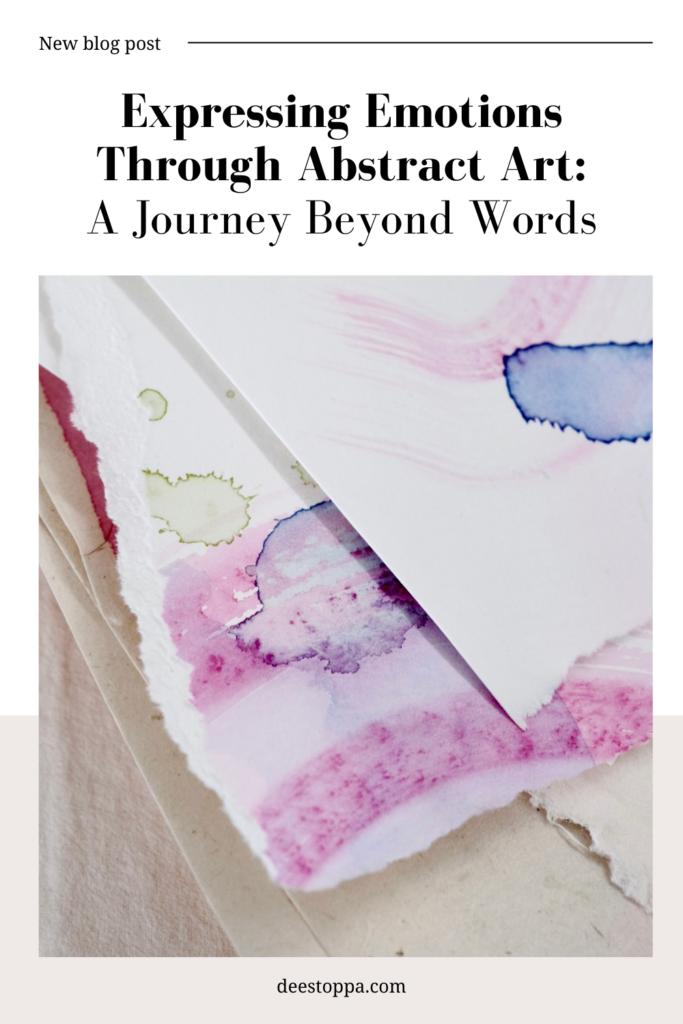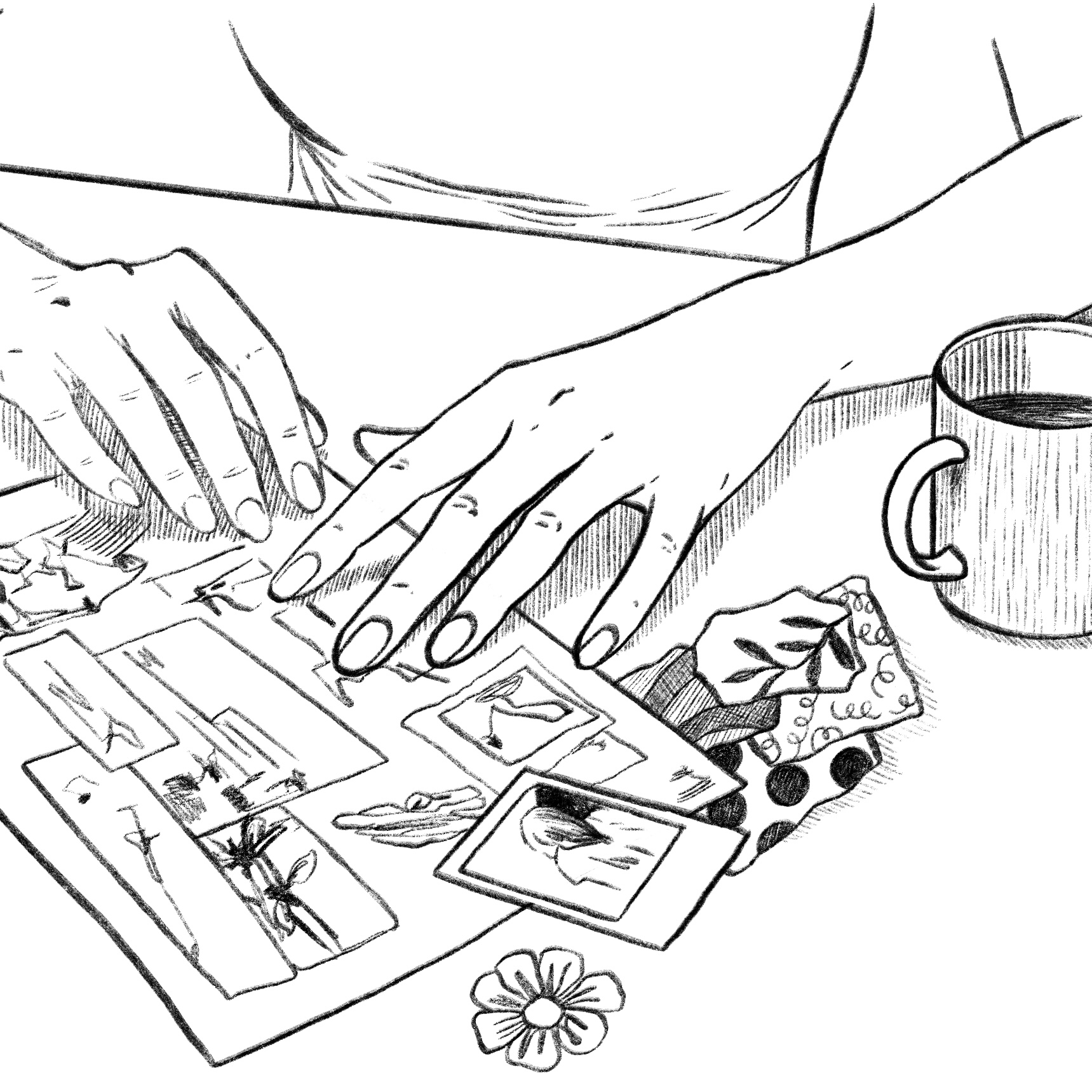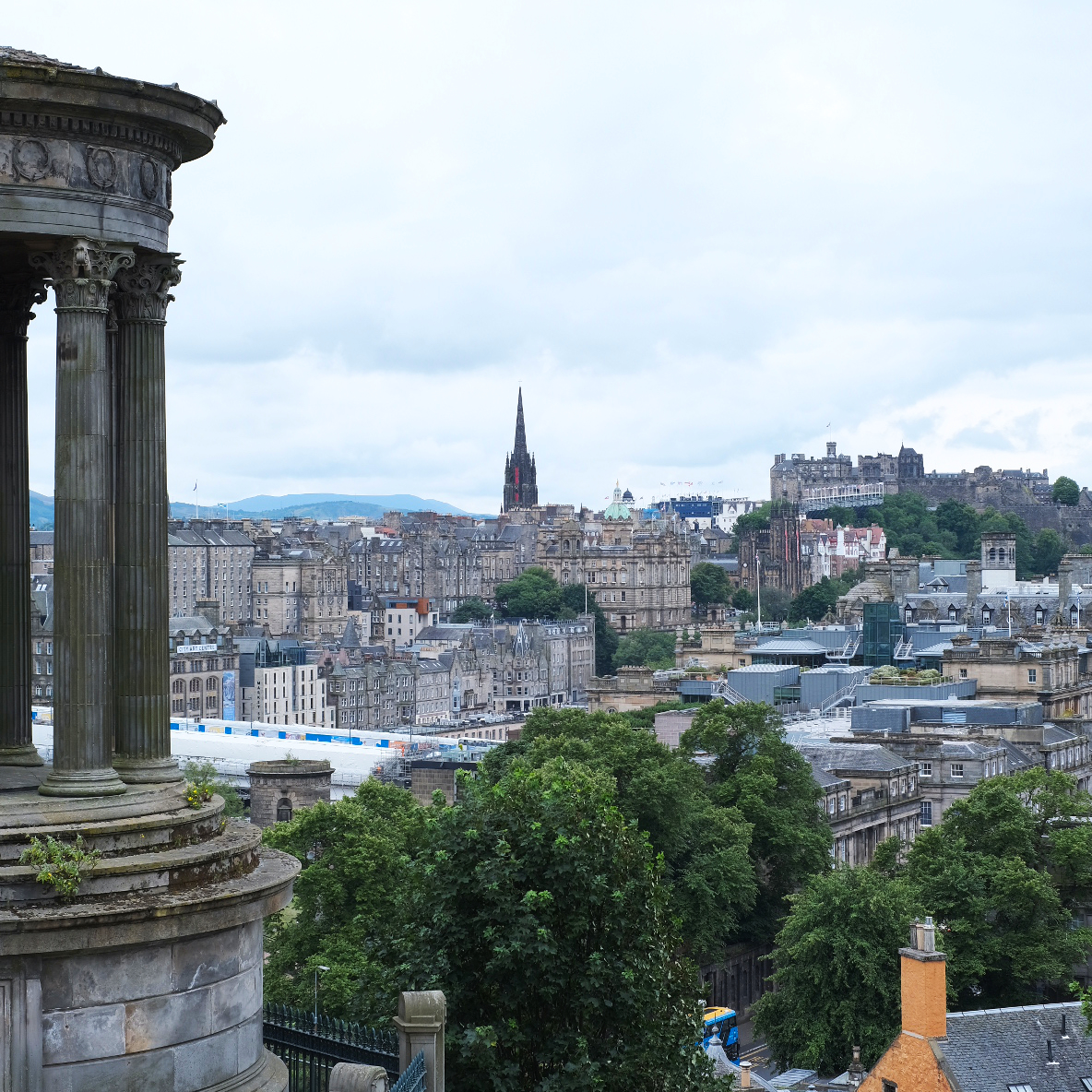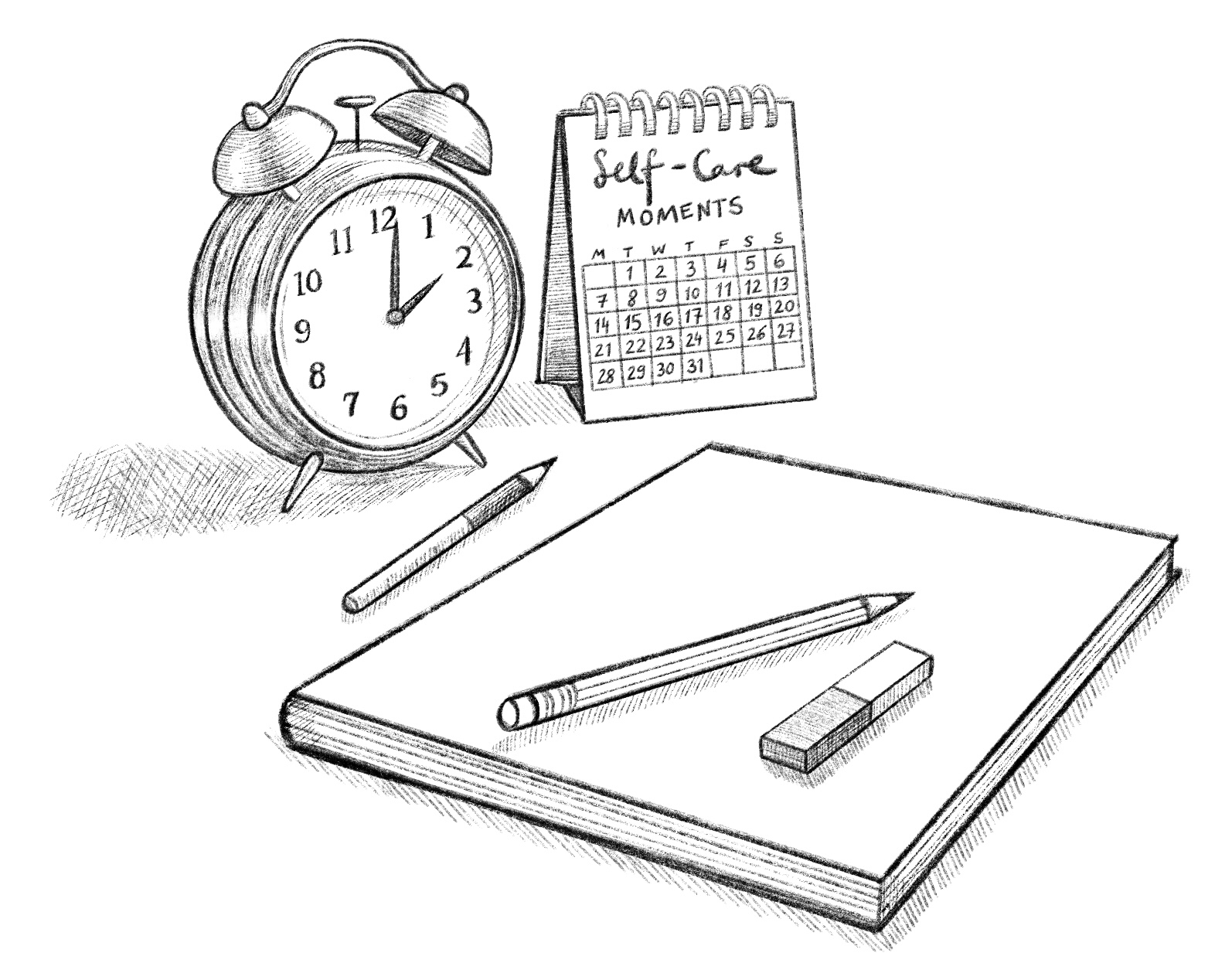Art has long been a refuge for those seeking to express the inexpressible. While traditional art forms often depict the external world in recognisable ways, abstract art invites us to explore our inner landscapes—those deep, complex emotions and thoughts that defy verbal articulation. Through abstraction, artists have the freedom to convey the raw essence of their feelings, capturing the intensity of human experience in a way that transcends the limitations of language.
As Wassily Kandinsky, one of the pioneers of abstract art, once said, “Colour is a power which directly influences the soul.” This quote encapsulates the essence of abstract art: its ability to evoke emotions through visual elements like colour, shape, and form, without relying on realistic representation. In this post, we’ll delve into how abstract art serves as a powerful medium for emotional expression and how you can embark on your own journey of self-discovery through this creative practice.
The Emotional Language of Abstract Art
Abstract art is often misunderstood as chaotic or meaningless, but in reality, it’s a deeply personal and emotional form of expression. Unlike representational art, which depicts scenes and objects from the real world, abstract art communicates through the use of non-representational forms—shapes, colours, lines, and textures. These elements combine to create a visual language that can convey feelings, moods, and ideas that are difficult or impossible to express in words.
Mark Rothko, a leading figure in the abstract expressionist movement, believed that art should be a direct line to the emotions. He once said, “I’m interested only in expressing basic human emotions—tragedy, ecstasy, doom, and so on… The people who weep before my pictures are having the same religious experience I had when I painted them.” For Rothko, the power of abstract art lay in its ability to connect viewers to their own emotions, creating a shared experience of the sublime and the profound.
Abstract art is often misunderstood as chaotic or meaningless, but in reality, it’s a deeply personal and emotional form of expression. Unlike representational art, which depicts scenes and objects from the real world, abstract art communicates through the use of non-representational forms—shapes, colours, lines, and textures. These elements combine to create a visual language that can convey feelings, moods, and ideas that are difficult or impossible to express in words.
Mark Rothko, a leading figure in the abstract expressionist movement, believed that art should be a direct line to the emotions. He once said, “I’m interested only in expressing basic human emotions—tragedy, ecstasy, doom, and so on… The people who weep before my pictures are having the same religious experience I had when I painted them.” For Rothko, the power of abstract art lay in its ability to connect viewers to their own emotions, creating a shared experience of the sublime and the profound.
How Abstract Art Facilitates Emotional Expression
Whether you’re an experienced artist or a complete novice, abstract art offers a pathway to explore and express your emotions in a deeply personal way. Here are some tips to get you started:
- Let Go of Perfection: Abstract art is not about creating something that looks ‘right’ or ‘perfect.’ It’s about expressing what you feel in the moment. Allow yourself to experiment with different materials, colours, and techniques without worrying about the outcome. The process itself is where the magic happens.
- Focus on Emotion: Before you begin, take a moment to tune into your emotions. What are you feeling right now? How can you translate that feeling into colour, shape, or movement? Don’t overthink it—let your intuition guide you.
- Experiment with Different Mediums: Abstract art can be created using a variety of materials, from paint and charcoal to collage and digital tools. Try out different mediums to see which one resonates with you and allows you to express yourself most freely.
- Embrace the Unknown: Abstract art is an exploration of the unknown. Embrace the uncertainty and unpredictability of the process. Sometimes, the most powerful expressions come from moments of spontaneity and surprise.
- Reflect on Your Work: After you’ve created a piece, take some time to reflect on it. What emotions does it evoke? How does it relate to what you were feeling when you started? Abstract art can be a mirror, reflecting your inner world in ways you might not expect.












